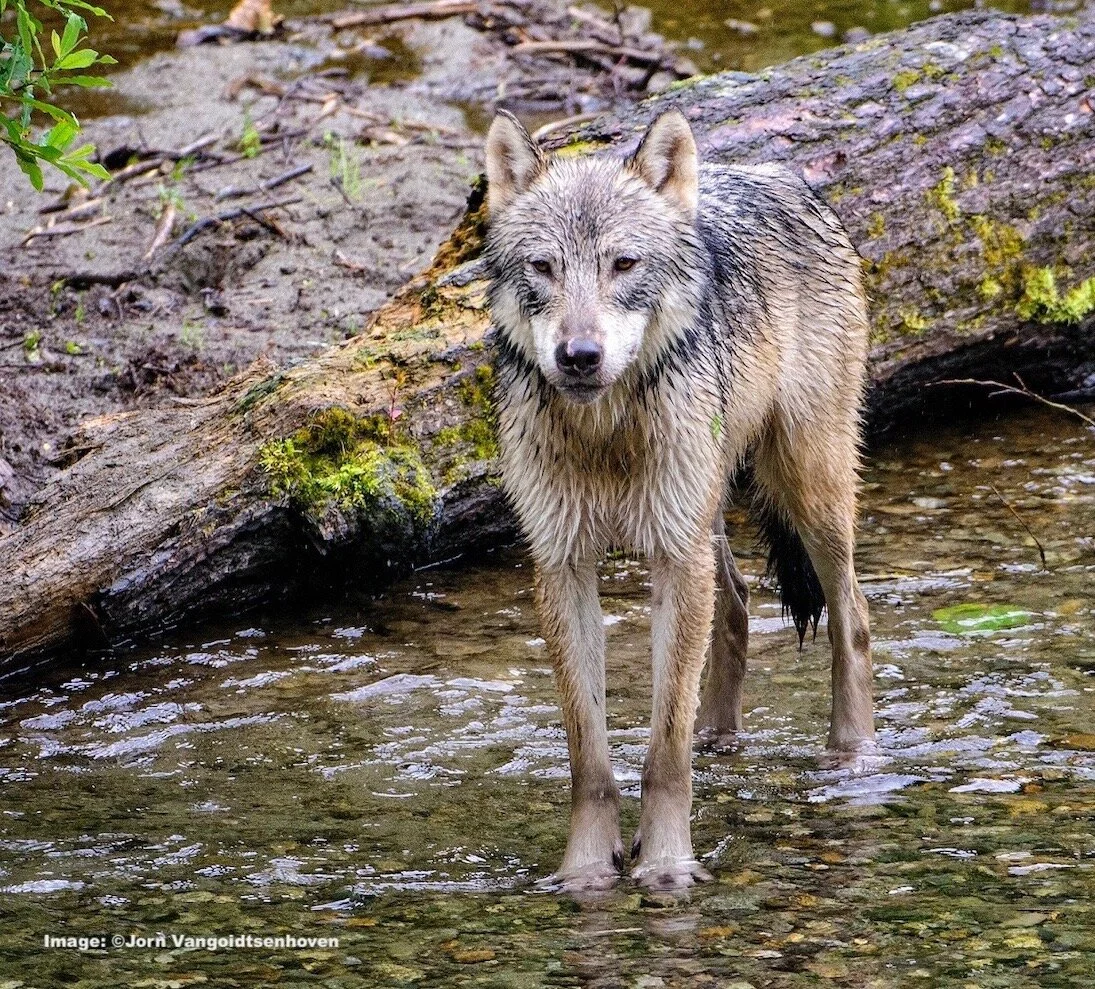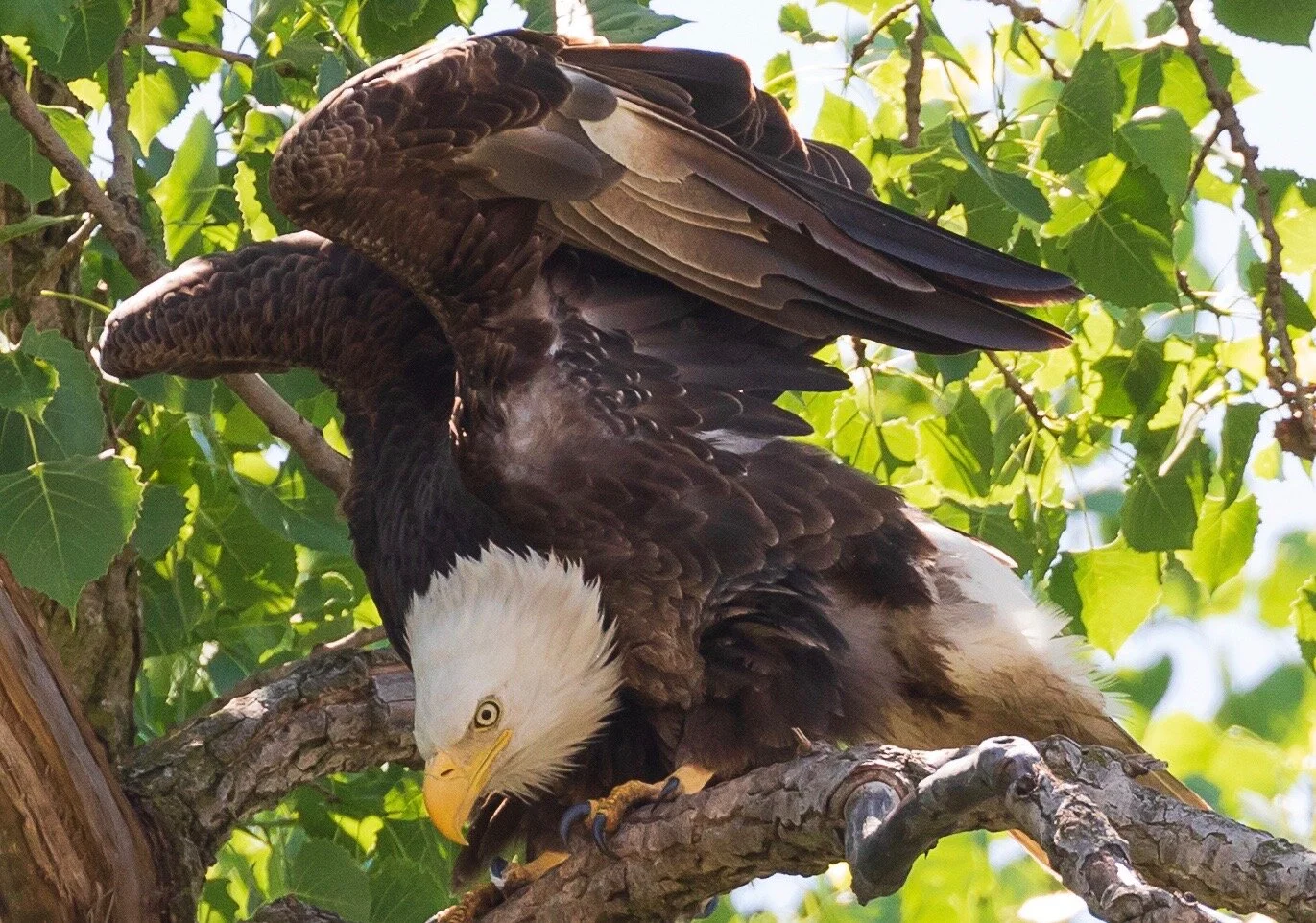The Lowveld has been called "The Real Africa" as it is host to over 700 different bird and mammal species - including the sought-after Big Five. Much of it is protected and accessible to nature lovers. The region’s broad valleys, located on the eastern side of South Africa, drop down the great Drakensburg Escapement from the Highveld. In this low-lying subtropical climate, broad-leaved trees and thorn trees co-exist in relatively open woodland, interspersed with long grass, lots of wildlife and incredible birds.
Read MoreUntil recently, we knew less about the winter ecology of snowy owls, when they are here with us, than we did about their breeding ecology in the distant Arctic. That began to dramatically change during the winter of 2013-14 when, in the wake of a largest invasion of snowy owls into the East since at least the 1920s, a group of us founded Project SNOWstorm (www.projectsnowstorm.org).
Read MoreGrey wolves. We think of these apex predators as skilled pack hunters, successfully bringing down moose, elk, and deer with team work and cunning. But for most wolves hunting smaller prey is also normal: rabbits and other small mammals - even mice. And for a select few, their greatest skill is fishing, their diet is almost exclusively sea food. These fishing wolves, genetically different Canis lupus subspecies, are found only in two small stretches of North America’s Pacific Coast.
Read MoreThere are great nature and wildlife preserves right outside of busy Chicago. Beverly and Michael Merig, transplants from America’s southland, discovered a wealth of wildlife photography opportunities near their new home. Bald eagles and osprey, sandhill cranes, songbirds, and even coyotes abound. These are their four favorite places to photograph nature and wildlife outside of Chicago.
Read MoreWhen wildlife photographer, Robert Wallace, heads to Cade's Cove, Tennessee for a some photo ops and camping he gets more than he bargained for. Pouring rain, black bear cubs in the trees, a rainbow of song birds, coyotes, and wild hogs, not to mention a majestic buck with a message. It is all part are all part of the Great Smokey Mountains adventure.
Read MoreWhere can wildlife photographer Robert LeBron Wallace go to find nature and wildlife when he is recovering from foot surgery? Robert discovered that there are plenty of choices for an easy hike in nature filled with wildlife and birds, right around his West Seattle home. These are his 5 favorite destinations.
Read MoreWhat does a wildlife and nature photographer bring with him to get the shot? What kind of camera? What type of lens? It is not easy to get extraordinary wildlife and nature photography, especially when you are just beginning. Weather conditions are seldom ideal, the terrain can be challenging, the hours long, and the subjects - well, “unpredictable” is just the beginning. Is it possible to start honing your skills even when you are not in the wild? And what equipment do you need? Add more-than-limited living space and, well, you need to choose your equipment very carefully. Jorn Vangoidtsenhoven faced it all. Here he shares his tips on what folks just getting started need to know.
Read MoreThe Atlantic Puffins are back on Eastern Egg Island, Maine, after being gone for over 100 years, thanks to the great work of the Audubon Society. When Connecticut photographer and bird enthusiast, Jamie Sauvageau, needed a romantic anniversary getaway in the middle of the great COVID-19 pandemic summer of 2020, the Atlantic puffins, Eastern Egg Island and the village of Boothbay Harbor, Maine were the perfect destination.
Read More10 facts about crabeater seals. The South Shetland Islands are home to sea birds, penguins, and a variety of other Antarctic wildlife. Living on Earth's Explorer-in-Residence Mark Seth Lender shares a story and images of the crab-eater seals relaxing on the Antarctic ice.
Read MoreThe bugling and rutting rituals of the bull elk at Slippery Ann is, hands down, one of the West's greatest wildlife spectacles. Though not commercialized, this place and this show are famous in the area. Depending on the time, you may see as few as a dozen or several hundred local vehicles at the Viewing Area during the peak. So arriving early in the afternoon is the key to getting the "best seat" in the house. Wildlife photographer, Scott Stone brings us the sites and sounds at Slippery Ann's Elk Viewing Area and the best of Lewistown, Montana.
Read MoreThe greater Yellowstone ecosystem is the largest, nearly intact, temperate-zone ecosystems left on Earth. Its core, Yellowstone and Grand Teton National Parks, is home to over 700 grizzly bears - but only one is called, The Queen of the Tetons. Grizzly 399 is, 24 years old, at or very near to the end of her expected lifespan, but this spring, 399 emerged from her den with four new cubs, rambunctious and ready to explore their world. Over half of all grizzly cubs never make it to adulthood. Can the Queen keep these little ones safe? Only time will tell.
Read MoreWhat inspires a person to devote their life to nature and wildlife photography? In the case of Belgium-born Jorn Vangoidtsenhoven photography-love began early with a Polaroid instant camera and a yard full of toys. But it was through Alpine travel with his parents and later exploring the wide-open spaces of American west with his uncle that ignited a life-long passion. Today Jorn spends his time chronicling the life of bears, birds and other wild creatures with his lens.
Read More











